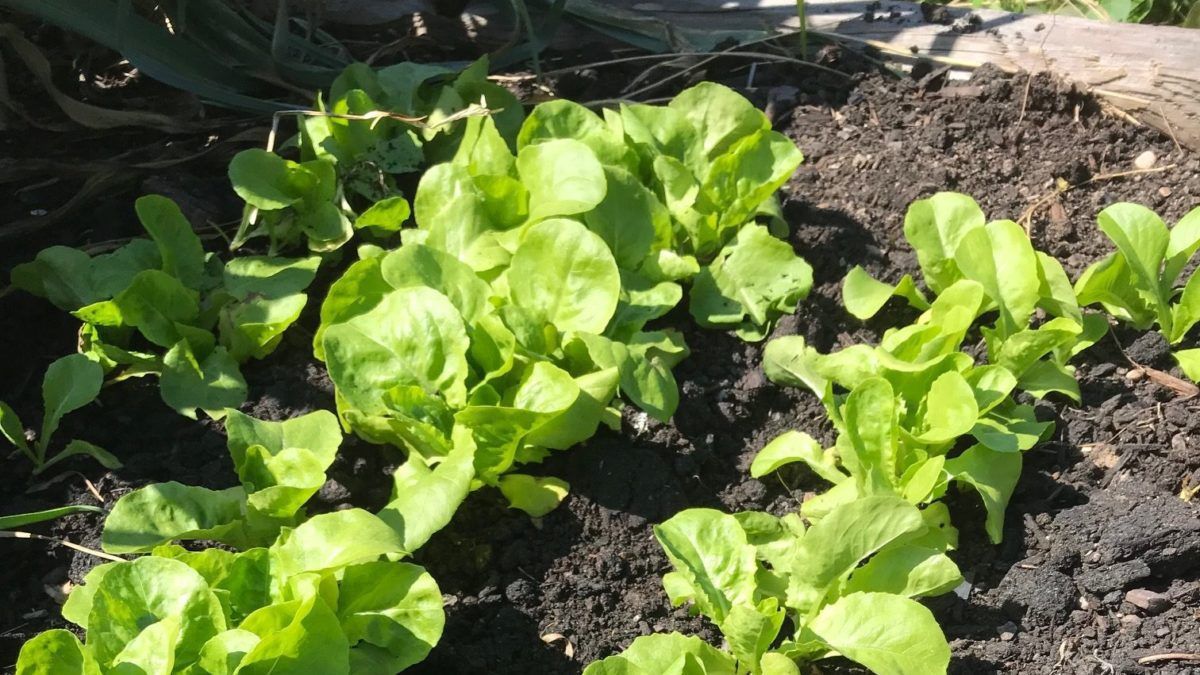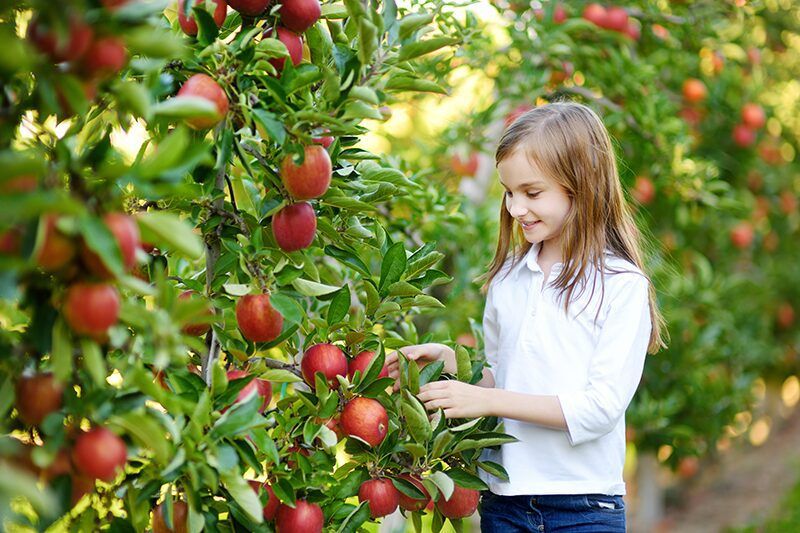Fall may be in the air, but it’s not time to give up on your vegetable garden. There’s still time to plant some vegetables, protect others from the cold so they last into winter and bring a few indoors. Let’s look at these three options.
What to Plant for Fall and Winter
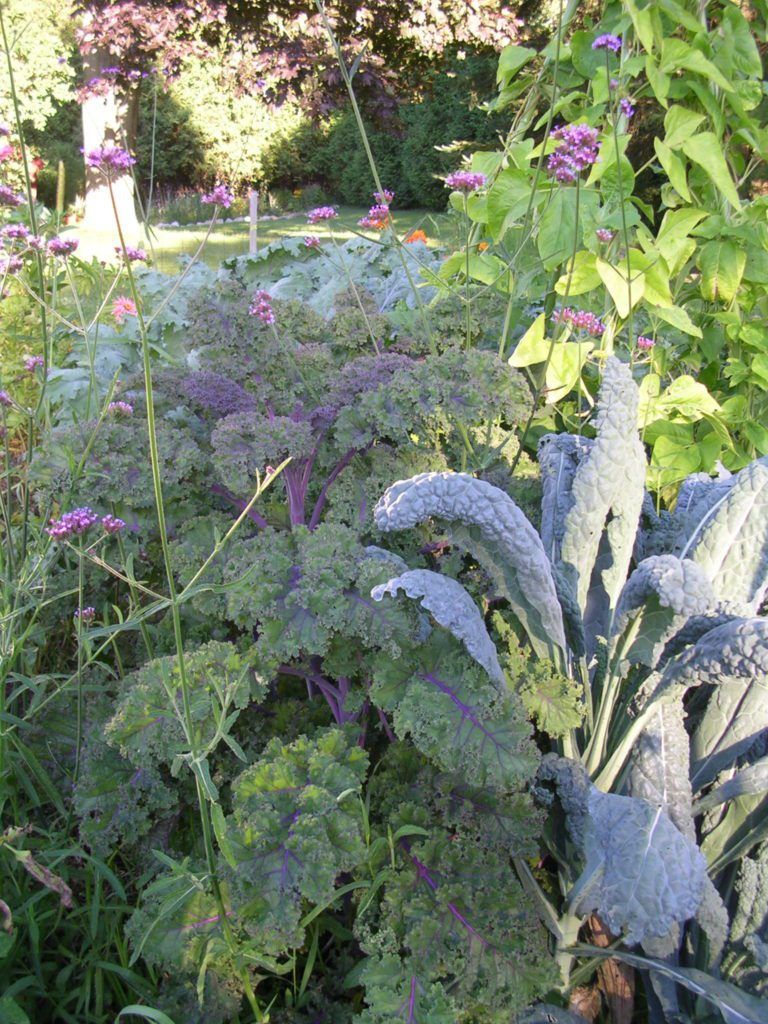
Depending on where you live, you can plant many vegetables now for a fall or winter harvest. Some of these vegetables may even survive until spring. The easiest are the leafy greens, such as lettuce, spinach, arugula, Swiss chard, kale, and mache.
Sow seeds in containers indoors or in a protected location outdoors. Transplant seedlings after a few weeks into the garden and protect them with floating row covers from insects, animals and cool nights. Begin harvesting these greens a few weeks later as baby greens. Let some plants of the hardy types, such as mache, spinach and kale, overwinter. Once it starts to freeze, protect greens with piles of hay, straw or chopped leaves mounded on the beds. This will give you a nice crop of early greens next spring.
Protect Roots for Winter Harvest
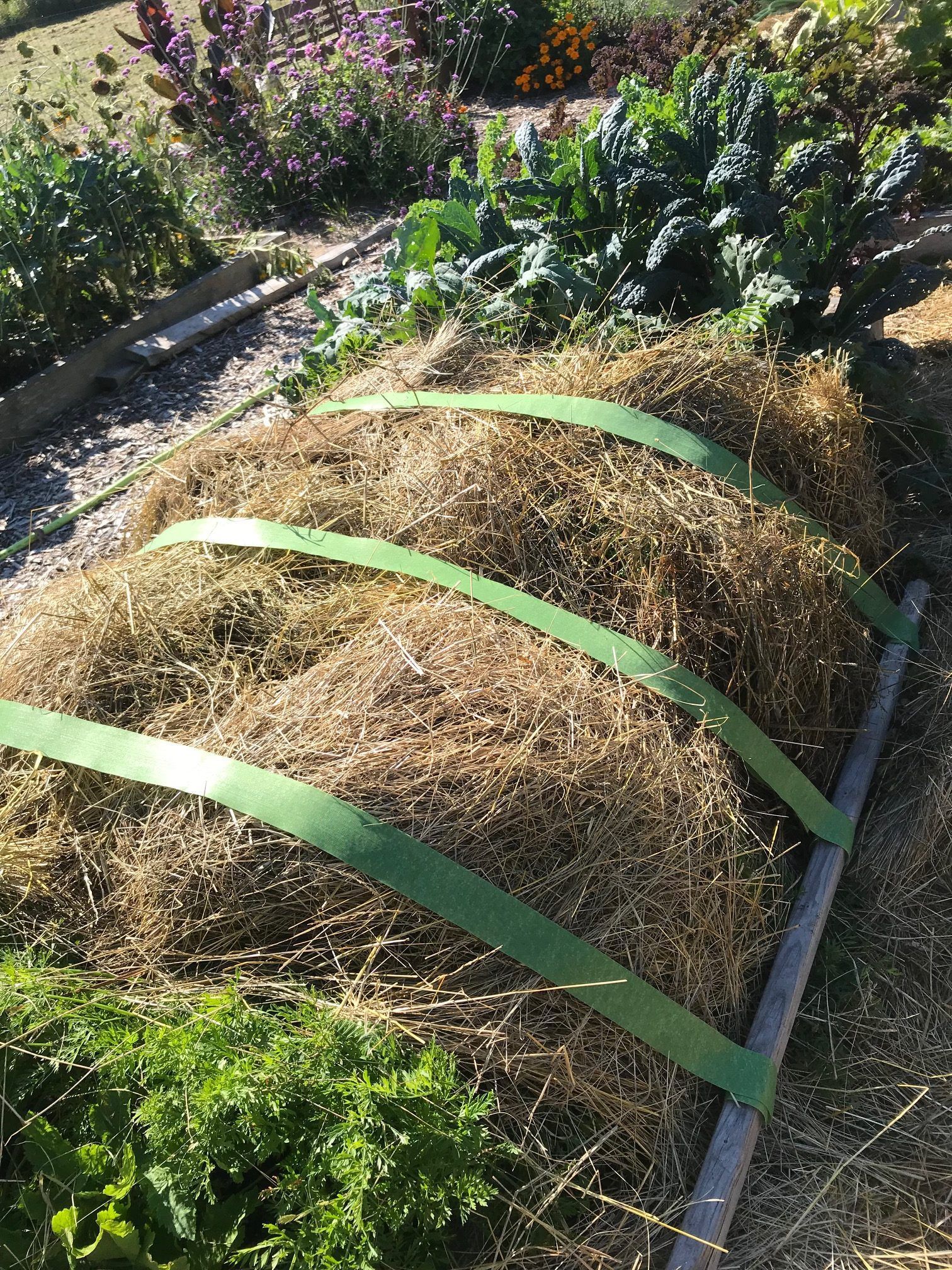
Carrots, beets and parsnips can be eaten into fall and protected from freezing temperatures in winter with a 6- to 8-inch thick layer of hay or straw piled over the crops before the ground freezes. Throughout the winter you can move back the hay or straw and harvest roots, recovering them each time. Secure VELCRO® Brand Garden Ties to a pole, lie it on the ground on one side of the bed and wrap the tie over the mulch and secure it to a second pole on the opposite side. This will help keep the mulch in place all winter.
Bring Some Plants Indoors
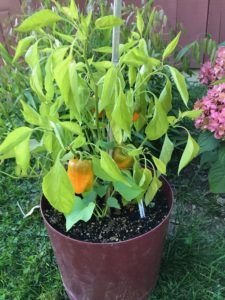
Tender vegetables, such as peppers, beans, and dwarf tomatoes, growing in containers can be brought indoors to extend the harvest. They may not look pretty indoors and probably won’t survive the entire winter indoors unless you have grow-lights. But they will continue to mature the existing fruits on the plant making for nice additions to holiday meals. Compost the plants once you’re finished harvesting.
